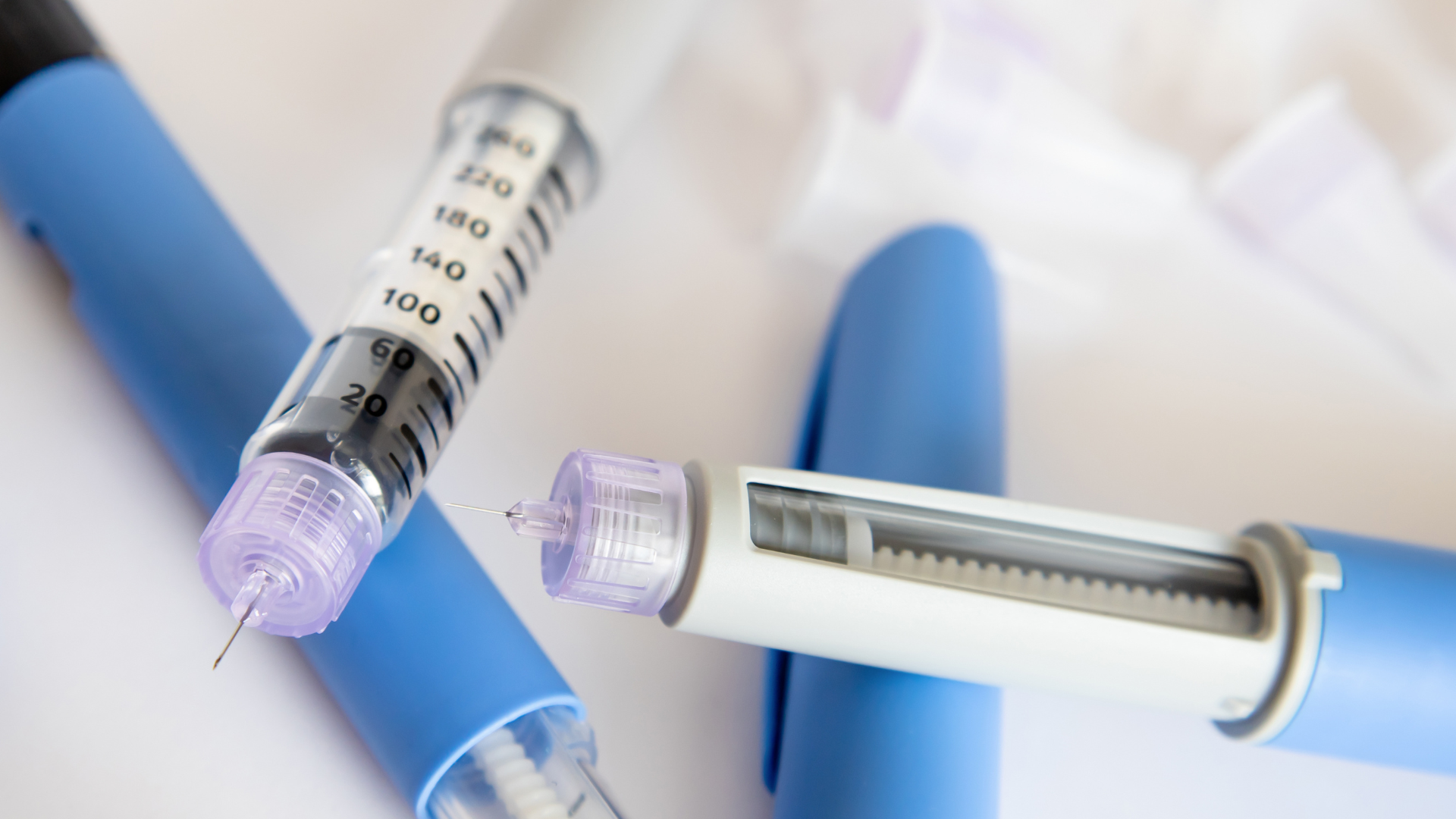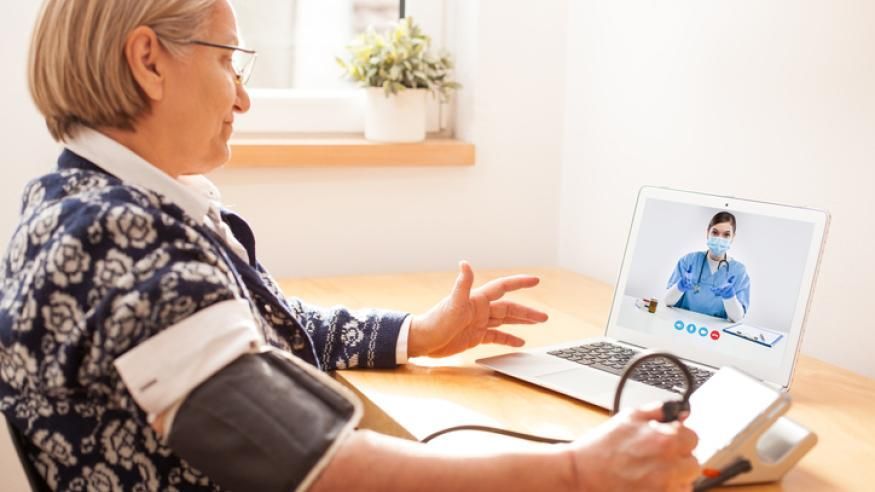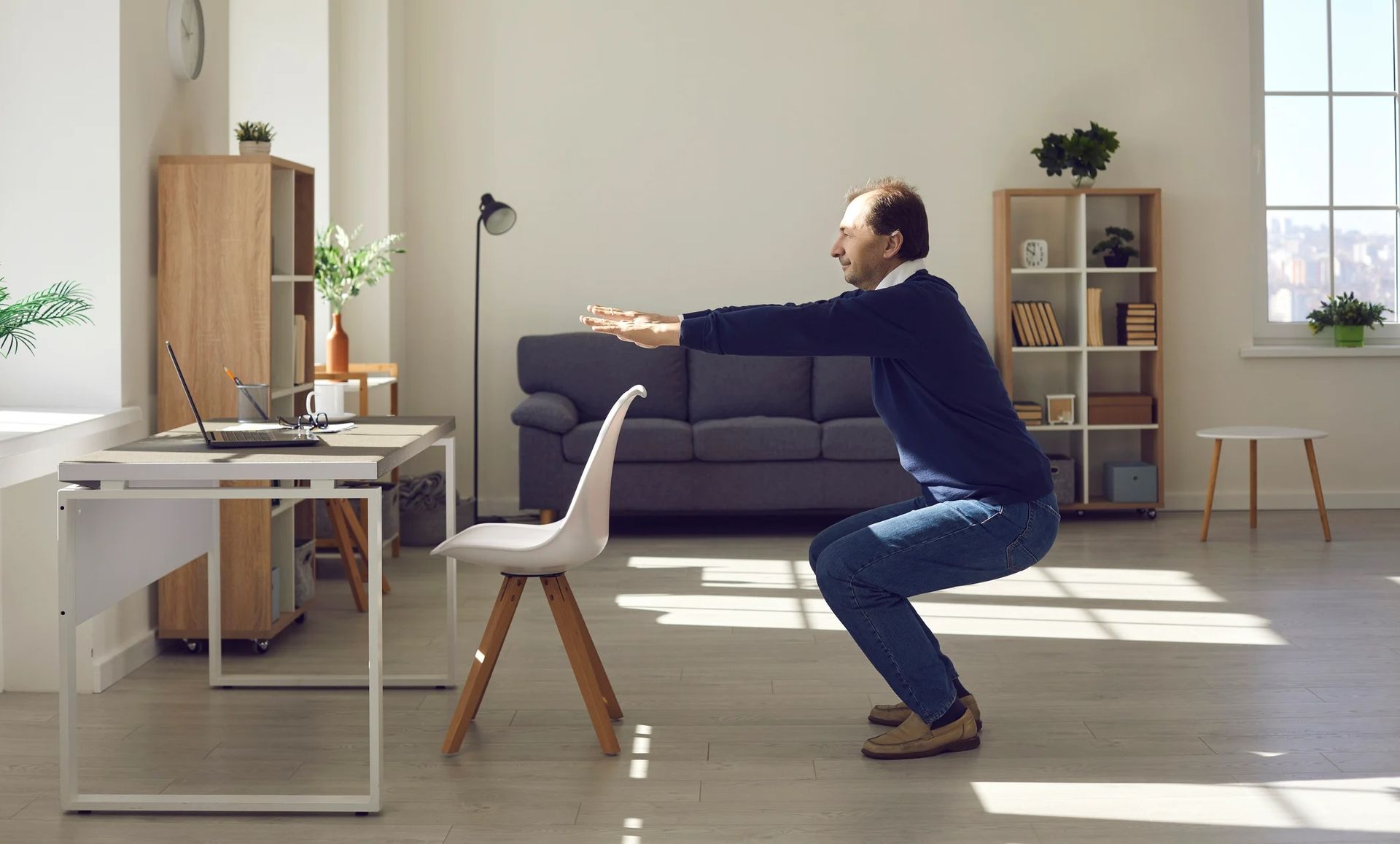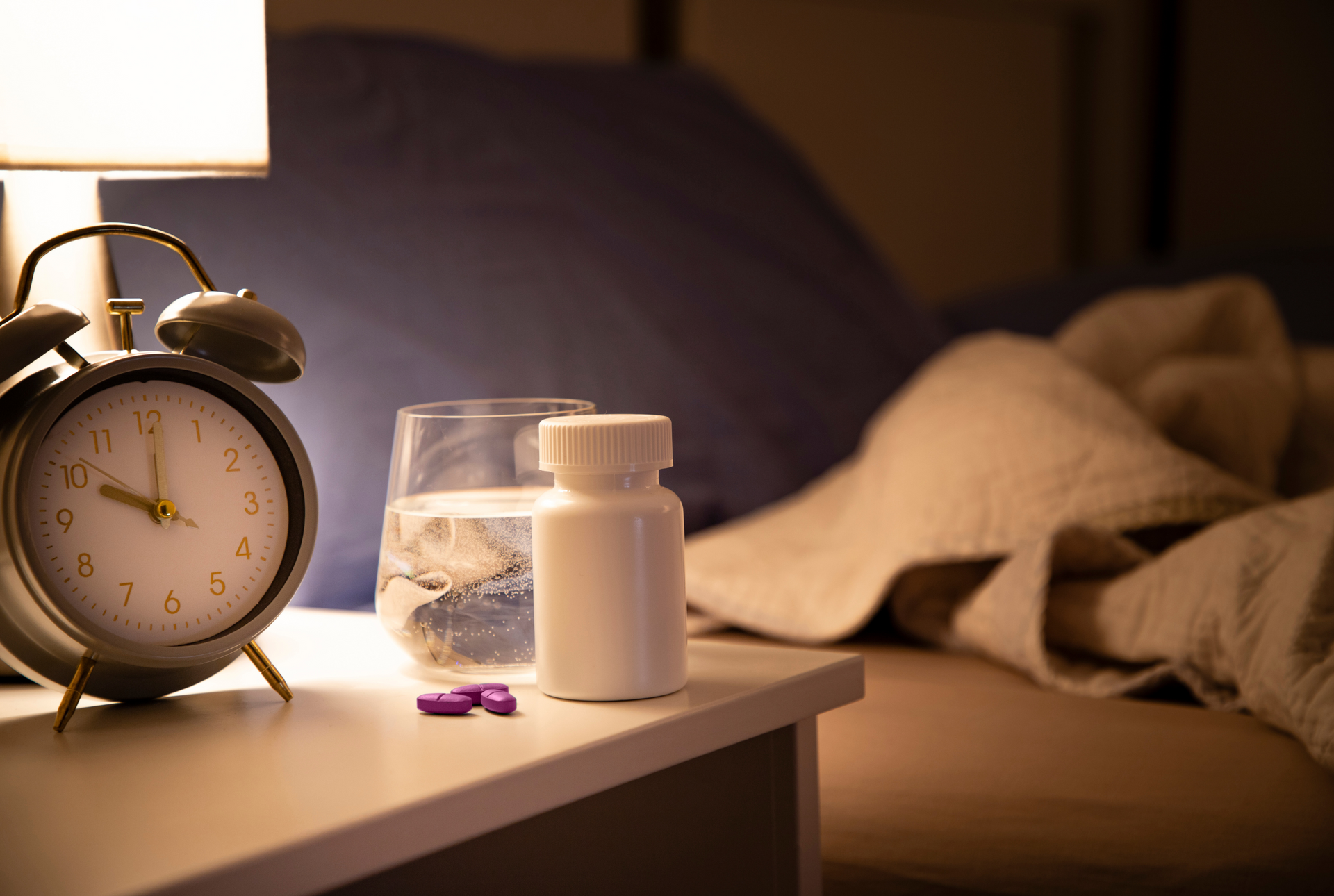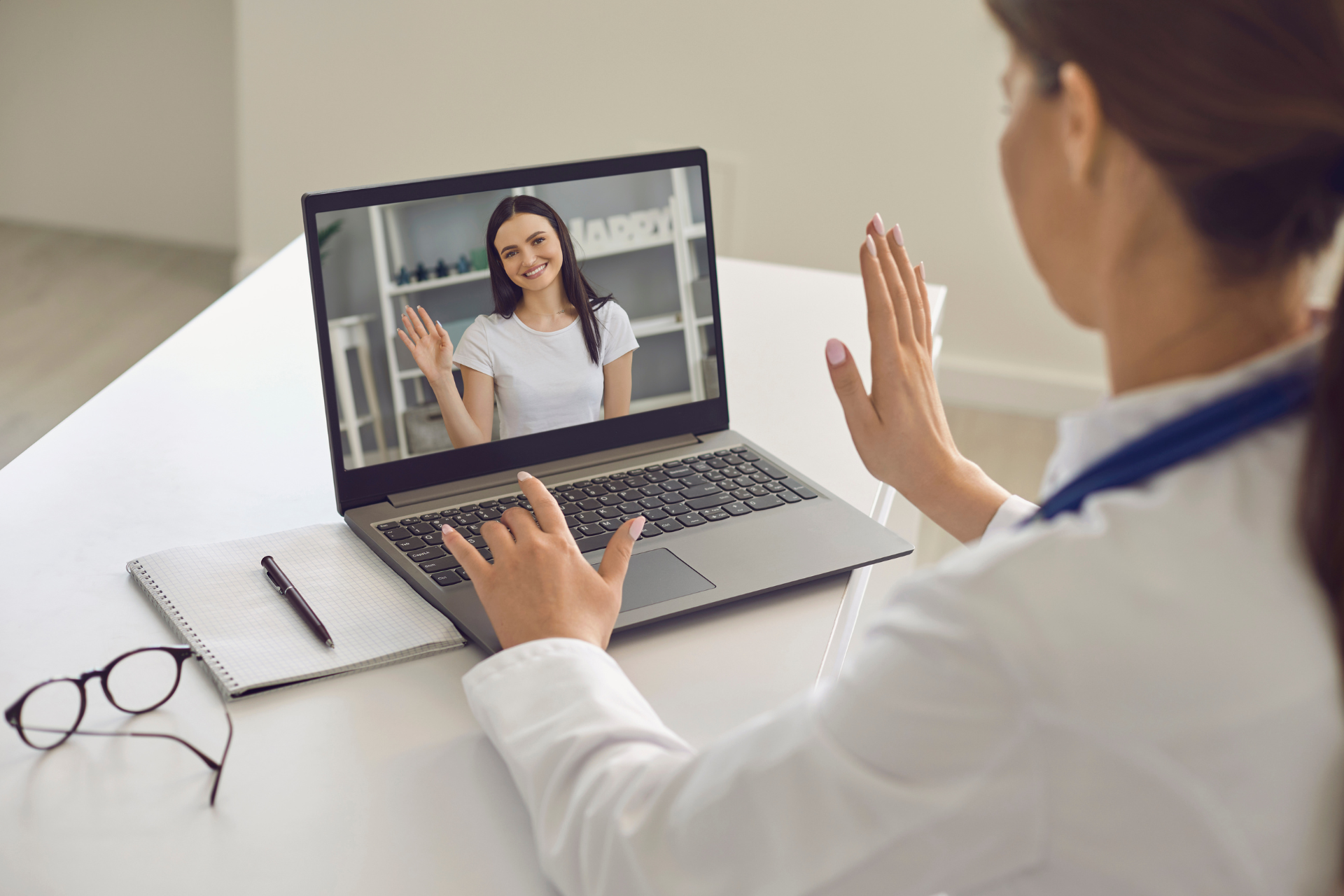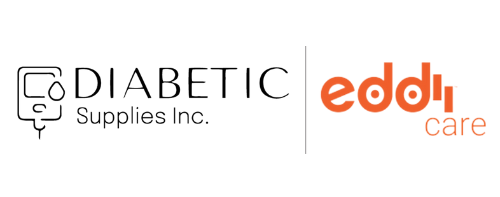How Does the Freestyle Libre 2 Compare to the Libre 3?
Is Newer Always Better?
We’ve talked before about the incredible benefits of the new Libre 3 CGM from Freestyle. Not only is this continuous glucose meter (CGM) small and unobtrusive, it’s also been demonstrated in trials to be the most accurate CGM on the market today. It’s an incredible piece of technology that stands to greatly benefit people with diabetes.
But how does the older Libre 2 stack up against the newest model? Are Libre 2 users making an unwise decision if they choose this older model?

Similarities
First of all, whether you are using the Libre 2 or the Libre 3, you should know that you are using an excellent CGM. While there are some key differences between the two models, the Libre 2 is still incredibly effective at providing you and your endocrinologist with robust data about your blood glucose levels. That is to say, if you are still using the Libre 2, you are still in good hands.
If you decide to make the switch to the newer Libre 3, you shouldn’t experience much (if any) loss in functionality. Both the Libre 2 and 3 can be paired with smartphones and analytics read in apps, it’s the method of data transmission that has changed.
Additionally, both the Libre 2 and 3 are approved to wear for 14 days consecutively. This means that the convenience that Libre 2 users have grown accustomed to is in no way diminished between the two models.

Differences
While both devices offer similar features and functions, there are several key differences between the Libre 2 and Libre 3.
Data Transmission
One of the most significant differences between the Libre 2 and Libre 3 is the method of data transmission. The Libre 2 uses Bluetooth technology to transmit data from the sensor to the reader, while the Libre 3 uses NFC (near-field communication). This means that users of the Libre 3 can simply scan the sensor with their smartphone or other compatible device to access their glucose data, without the need for a separate reader device. This is a significant advantage for users who prefer to have all of their health data stored in one place, such as on their smartphone or in a cloud-based system.

Real-time Alerts
The Libre 3 also offers several new features that are not available on the Libre 2. For example, the Libre 3 includes a feature called "high and low glucose alerts," which notifies users when their glucose levels are outside of a preset range. This can help users to quickly identify and address potential issues before they become more serious. Additionally, the Libre 3 includes a new feature called "predictive low glucose alerts," which provides advanced warning when glucose levels are trending towards a low reading. This can be particularly useful for users who experience hypoglycemia unawareness, which is a condition where the body no longer produces symptoms in response to low blood sugar levels.
Accuracy
Another advantage of the Libre 3 over the Libre 2 is its improved accuracy. According to
Abbott Laboratories, the Libre 3 has a mean absolute difference (MAD) of 8.8 mg/dL compared to laboratory reference values, while the Libre 2 has a MAD of 9.3 mg/dL. While this may not seem like a significant difference, it can be important for users who require precise glucose monitoring, such as those who are on intensive insulin therapy or who are pregnant.

User Friendliness
In terms of usability, both the Libre 2 and Libre 3 are relatively easy to use and require minimal training. However, the Libre 3 may be more user-friendly for some individuals due to its ability to be used with a smartphone or other compatible device. The Libre 3 also includes a larger display screen than the Libre 2, which can make it easier to read and interpret glucose data. This is especially useful for elderly and disabled users who might experience accessibility issues with older generations of CGMs.
Conclusion
As previously stated, both the Libre 2 and the Libre 3 are excellent CGMs that provide diabetes patients with excellent analytics and user friendliness. However, the Libre 3 could provide users with a level of convenience and accuracy that would easily justify the upgrade.
If you are interested in using a CGM or in upgrading your existing device, we encourage you to consult your physician and endocrinologist to help you make the right decision. After you have spoken to them, please feel free to reach out to us at any time. We are passionate about helping our customers live happier and healthier lives and can guide you accordingly.

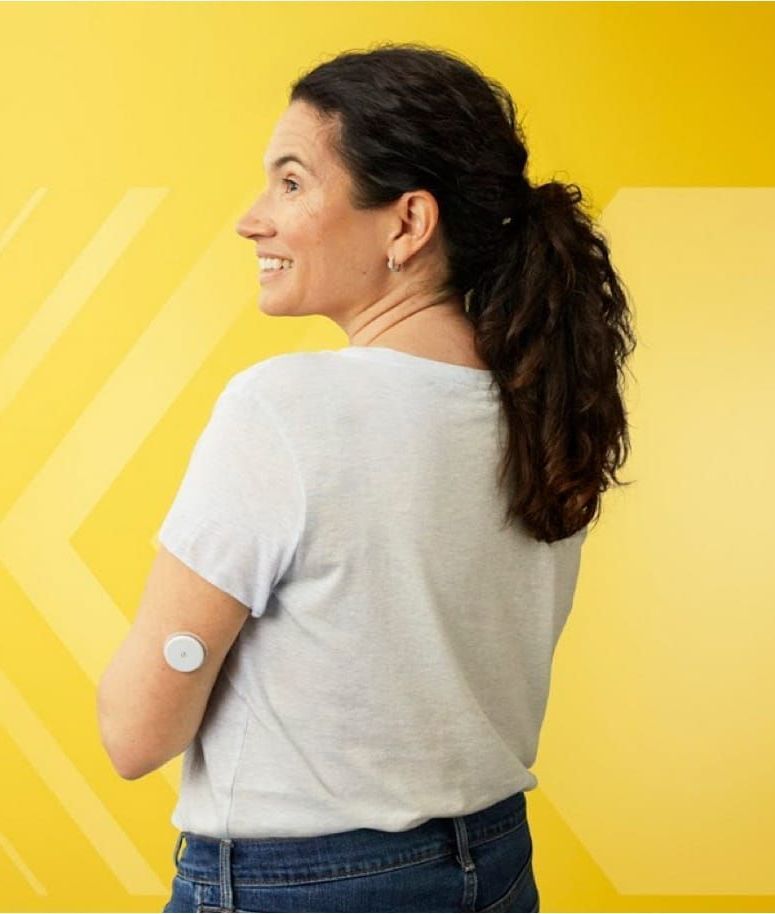



Healthy Bites



